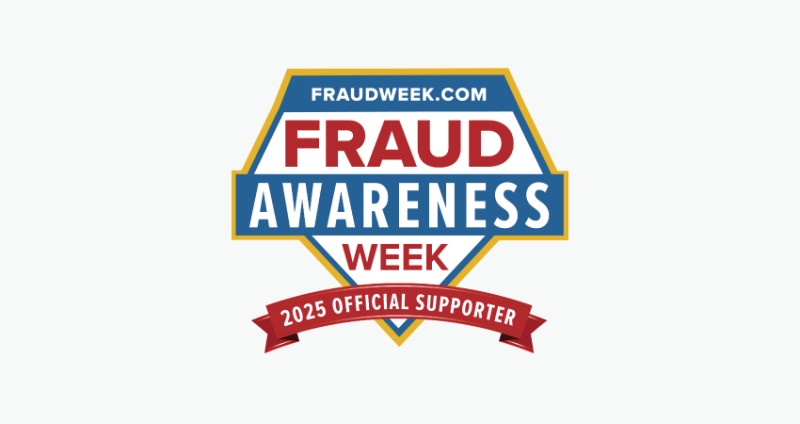Phishing, Vishing and Smishing
The Silent Threat: How to Spot and Prevent Communications Fraud

In recognition of International Fraud Awareness Week, Texas Capital is sharing a series of insights designed to help individuals and businesses protect their financial well-being. Today’s focus is on Communications Fraud — a sophisticated tactic that leverages phone calls, emails and text messages to deceive victims and gain unauthorized access to sensitive information. To see our previous insights for the week, please visit our features on how to detect and prevent check fraud and how to spot social engineering in Business Banking.
In today’s fast-paced digital economy, businesses face a growing and often underestimated threat: communications fraud. This umbrella term includes phishing, vishing and smishing — tactics that exploit human behavior rather than technical vulnerabilities. These schemes are increasingly sophisticated, targeting employees, executives and vendors with messages that appear legitimate but are designed to deceive.
As part of International Fraud Awareness Week, Texas Capital is committed to helping businesses recognize and respond to these threats with clarity, confidence and control.
What Is Communications Fraud?
Communications fraud refers to deceptive schemes that use digital or voice-based communication to manipulate individuals into revealing sensitive information or performing unauthorized actions. These attacks are often personalized, urgent and difficult to detect.
The Three Key Threats:
- Phishing: Fraudulent emails that appear to come from trusted sources, often requesting login credentials, payment details or sensitive documents.
- Vishing: Voice phishing via phone calls, where scammers impersonate banks, vendors or executives to extract confidential information.
- Smishing: SMS-based phishing, using text messages to lure recipients into clicking malicious links or sharing personal data.
Why Businesses Are Prime Targets
Businesses are particularly vulnerable to communications fraud due to the volume of financial transactions, vendor relationships and internal communications they manage daily. According to the FBI’s Internet Crime Report, Business Email Compromise (BEC) — a form of phishing — resulted in more than $2.7 billion in losses in 2024.
Common Risks:
- Unauthorized wire transfers
- Compromised login credentials
- Fraudulent invoice payments
- Data breaches involving customer or employee information
Recognizing Phishing, Vishing and Smishing Attacks
Fraudsters often mimic legitimate communications, making it difficult to distinguish real from fake. Awareness and training are key to early detection.
Red Flags to Watch for:
- Urgent requests for payment or sensitive data
- Unusual sender addresses or phone numbers
- Misspellings or formatting inconsistencies
- Requests to bypass standard procedures
- Suspicious links or attachments
Example:
A finance manager receives a text message claiming to be from a vendor, requesting payment to a new account. The message appears legitimate — but it’s a smishing attack. Without verification, the funds could be misdirected and unrecoverable.
Preventing Communications Fraud in Your Business
Proactive defense is essential. Businesses should implement layered security protocols and foster a culture of vigilance.
Best Practices:
- Verify financial requests through a second channel (e.g., phone call or in-person confirmation).
- Train employees regularly on fraud awareness and detection.
- Use multi-factor authentication (MFA) for all banking and email access.
- Limit access to sensitive systems based on role.
- Monitor transactions for anomalies and set alerts for large transfers.
Texas Capital's Commitment to Business Security
At Texas Capital, we offer advanced fraud prevention tools and personalized support to help businesses stay ahead of communications fraud. Our business banking solutions are designed with security at the core.
Our Security Approach Includes:
- Real-time fraud monitoring
- Secure digital banking platforms
- Positive Pay and ACH filters
- Dedicated relationship managers
- Ongoing education and resources for clients
Explore our Fraud Prevention Solutions and Business Banking Services to learn more.
Stay Vigilant, Stay Protected
Communications fraud is evolving — but so are the tools to fight it. By recognizing phishing, vishing and smishing tactics, implementing strong internal controls and partnering with a trusted financial institution like Texas Capital, your business can stay secure and empowered.
Reach out to a Texas Capital advisor today or explore our Security Resources to learn more about protecting your business from communications fraud.
Stay ahead of fraud.
Connect with Texas Capital’s Fraud Protection team to learn how you can safeguard your accounts and stay one step ahead of cyber threats.
